24 astonishing benefits of yoga, meditation and mindfulness
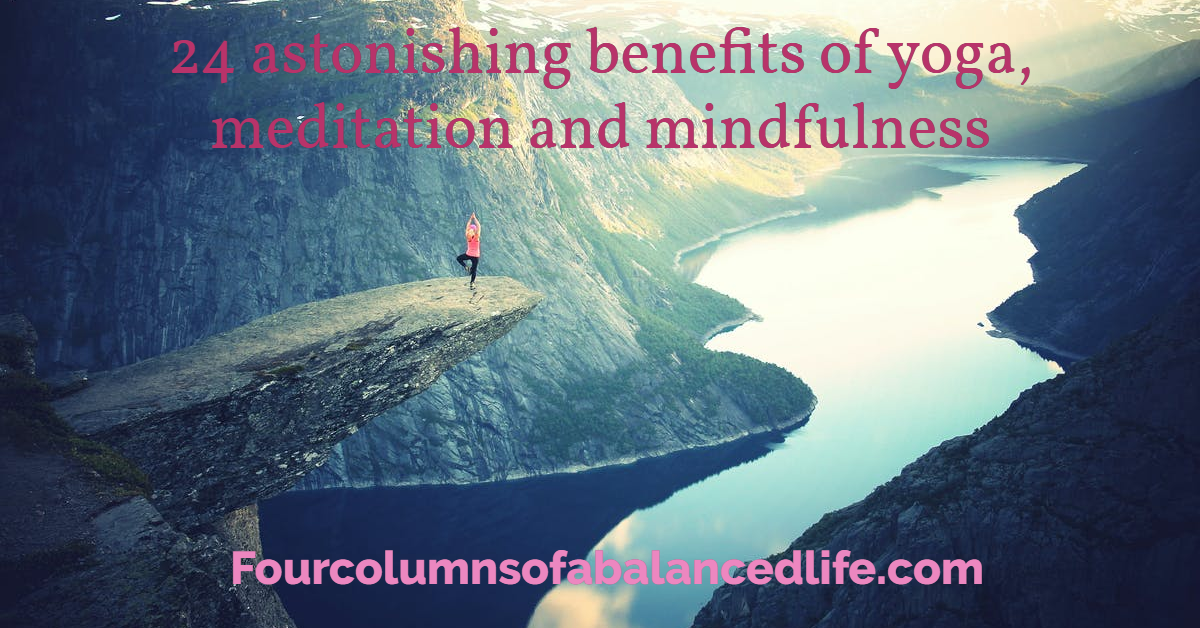
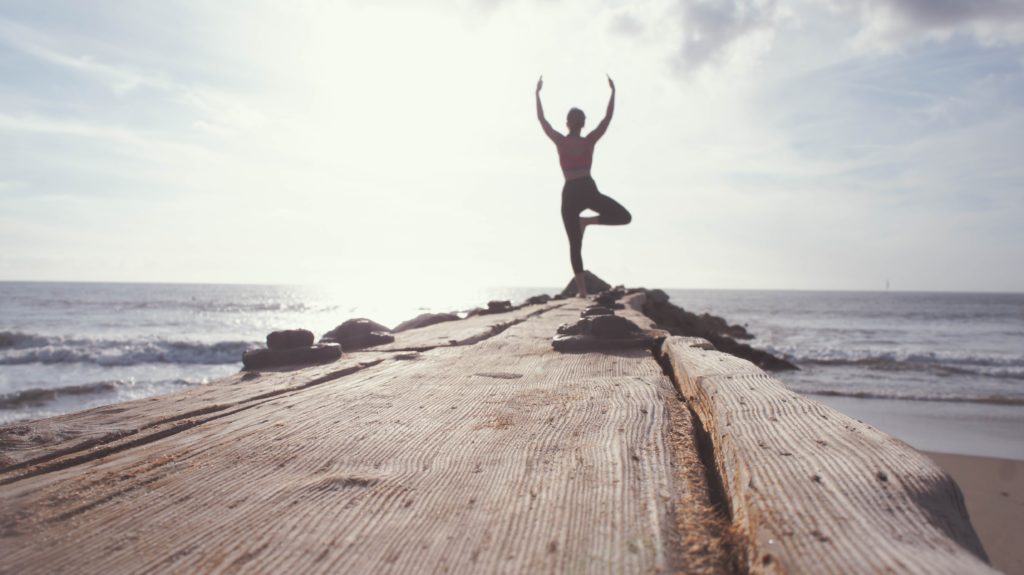
I have been to every state and province of central and northern India. I have met many Yogis and have seen some of them standing for days in a certain position. What is Yoga? What are all the Yoga poses, Hatha Yoga, Bikram Yoga, Hot Yoga, Kundalini Yoga, Ashtanga Yoga, Yoga asanas, Yoga Nidra, Vinyasa Yoga, Restorative Yoga, Sahaja Yoga and Prana Yoga?
I talk to Mudit a childhood friend of mine, who has been practicing it for a long time. I want to get deeper into it besides all the commercialization and products that it entails. Mudit has an MBA and has been working as the Head of Retail for a bank in Dubai (UAE). His career has spanned three decades over 5 countries. However, Yoga, meditation, and mindfulness have always been a passion since school but over the last decade has become the central pillar in his life. His desire is to introduce as many people to these practices. He believes they are secular, free and the answer to some of the world’s problems like loneliness, radicalism, depression and poor mental/ physical health. Mudit would like to spend the rest of his life as an evangelist to share knowledge about these practices around the world and to help improve the quality of people’s lives.
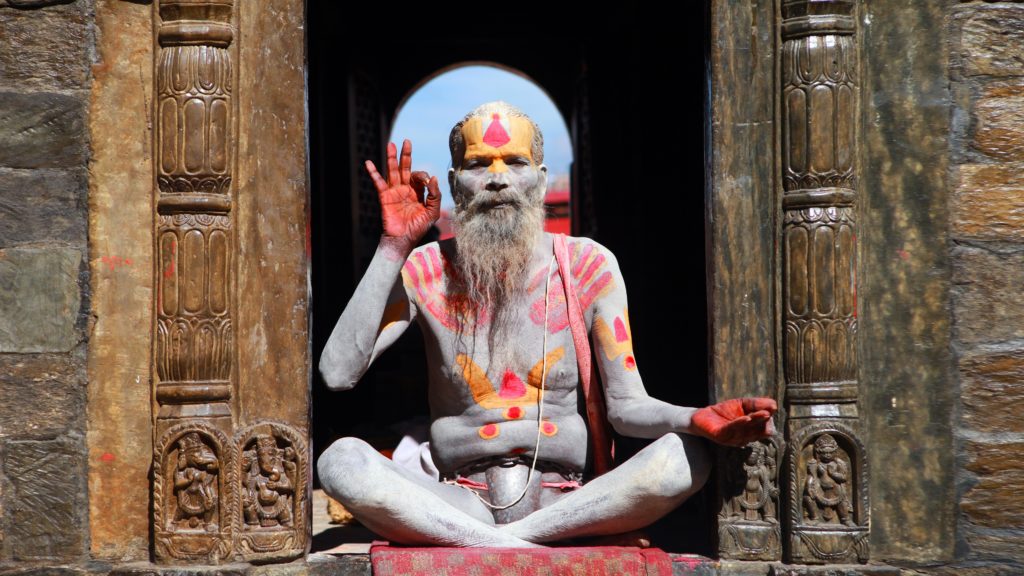
Mudit, I always thought we would be sitting in London or New York over an investment banking deal. Here we are talking about spirituality and Yoga. Please tell my audience what is Yoga?
Yoga is a Sanskrit word which comes from the word “Yuj” which means to “join” or to “unite”. At a basic level, it means to join or unite the body with the mind. At a more spiritual level, it implies a process of joining or uniting a human with the eternal spirit (Brahman).
The first time Yoga was mentioned was in the “Rig Veda” an ancient Sanskrit text (approx. 10,000 years old). Further mentions are found in the “Svetasvatara and Katha Upanishads and the Bhagavad Gita (Vedic texts) and several types of Yoga are mentioned like Karma Yoga, Bhakti Yoga, Gyan Yoga, Raja Yoga, etc. This knowledge was part of Vedic thought encapsulated in the concept of “Sanatana Dharma” or Eternal principles (truths) that were meant to be relevant across all time periods. This knowledge evolved within the Indian subcontinent by the “Rishis” (seers) as was part of the earliest civilizations on planet earth.
Centuries later Patanjali produced a text called “Yoga Sutras” on the philosophy of Yoga. He outlined eight limbs (steps) which are meant to be sequentially followed on the path to self-realization.
- Yama – Five abstentions (or outer observances), (Ahimsa (non-harming or non-violence in thought, word, and deed), Satya (truthfulness), Asteya (non-stealing), Brahmacharya (celibacy or ‘right use of energy’), Aparigraha (non-greed or non-hoarding)
- Niyama – Five inner observances, (Shaucha (purification), Santosha (contentment), Tapas (self-discipline), Svadhyaya (self-study), Ishvara Pranidhana (devotion)
- Asana – Meaning “seat” and referring to the physical posture needed for meditation which popularly evolved as “Hatha Yoga”
- Pranayama – Controlled or suspended breath/breathing exercises
- Pratyahara – Withdrawal of the senses
- Dharana – Single-pointed concentration
- Dhyana – Meditation (discussed later)
- Samadhi – Liberation
Most of the Western world, however, is familiar and primarily concerned with “Asana” or Hatha Yoga which are physical postures which are required for good health and wellbeing.
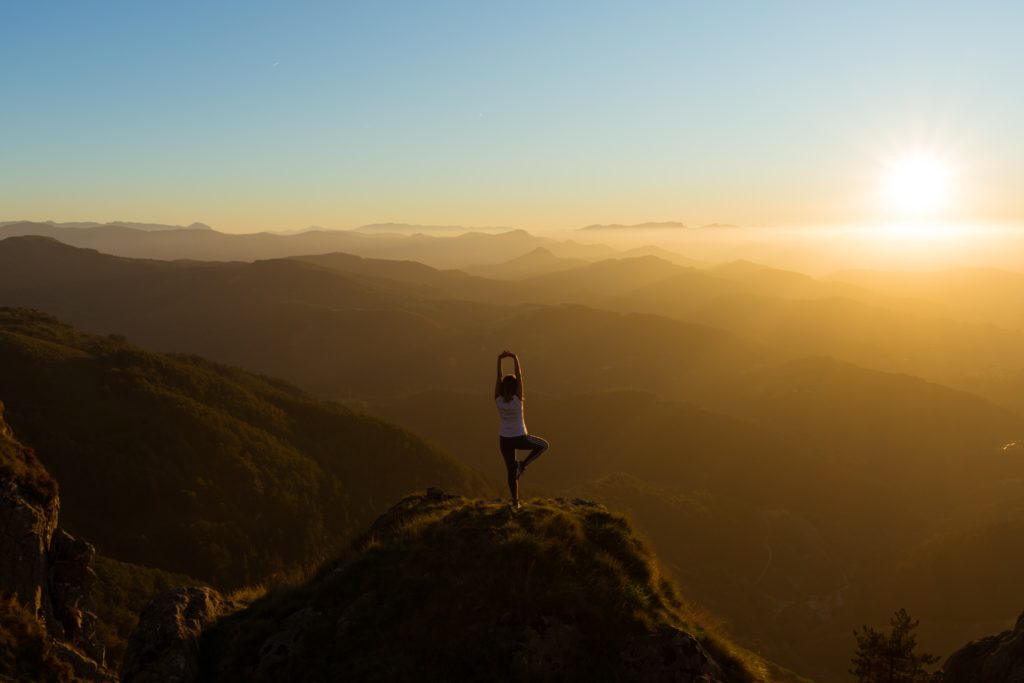
Is Hatha Yoga (asana) the same as physical exercises?
They are NOT the same and very different. In Hatha Yoga, the individual is meant to focus or bring awareness to his movements and breath. As a result, it was meant to be performed with a concentration inquietude. In exercises, there is no requirement to concentrate and hence very often gyms have music, TVs, etc. to entertain people. In exercises very often weights and machines are used, but in Yoga, an individual uses his body weight if required. Some props may be used in Yoga like towels or belts to help individuals reach a certain posture. Further exercises are primarily concerned with the outer body (muscles etc.) whilst Yoga works at massaging and stimulating organs within the body in addition to the outer body.
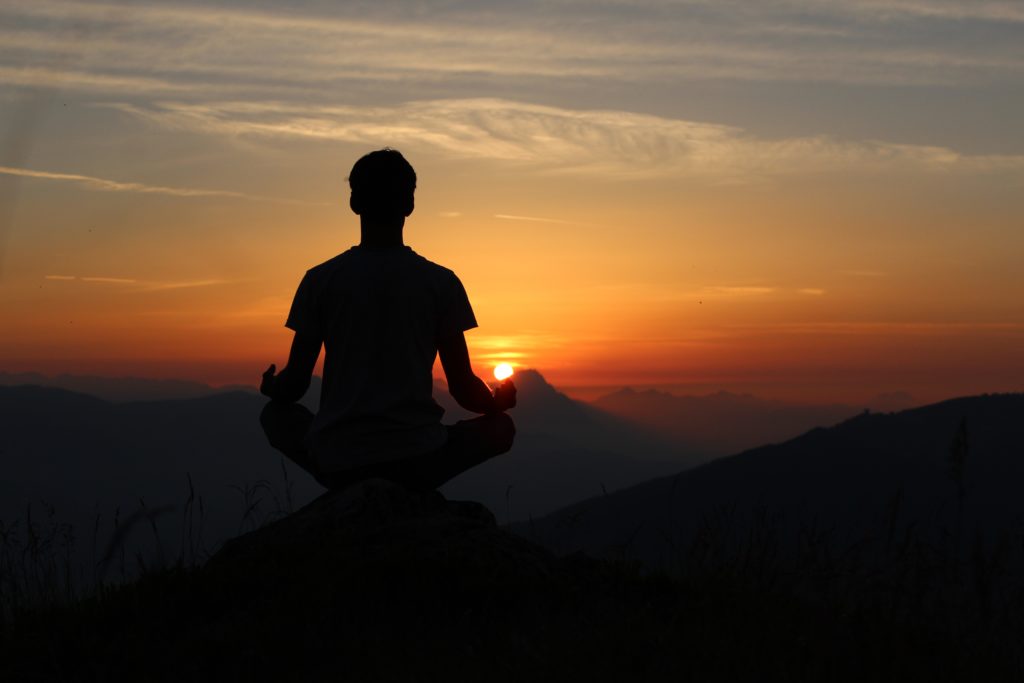
What are the benefits of Yoga (Hatha Yoga)?
There are many remarkable benefits of Yoga:
- Improves your flexibility
- Builds muscle strength
- Perfects your posture
- Prevents cartilage and joint breakdown
- Protects spine
- Better bone health
- Improves relaxation
- Improves health
- Regulates glands
- Boosts immunity
- Makes you happier
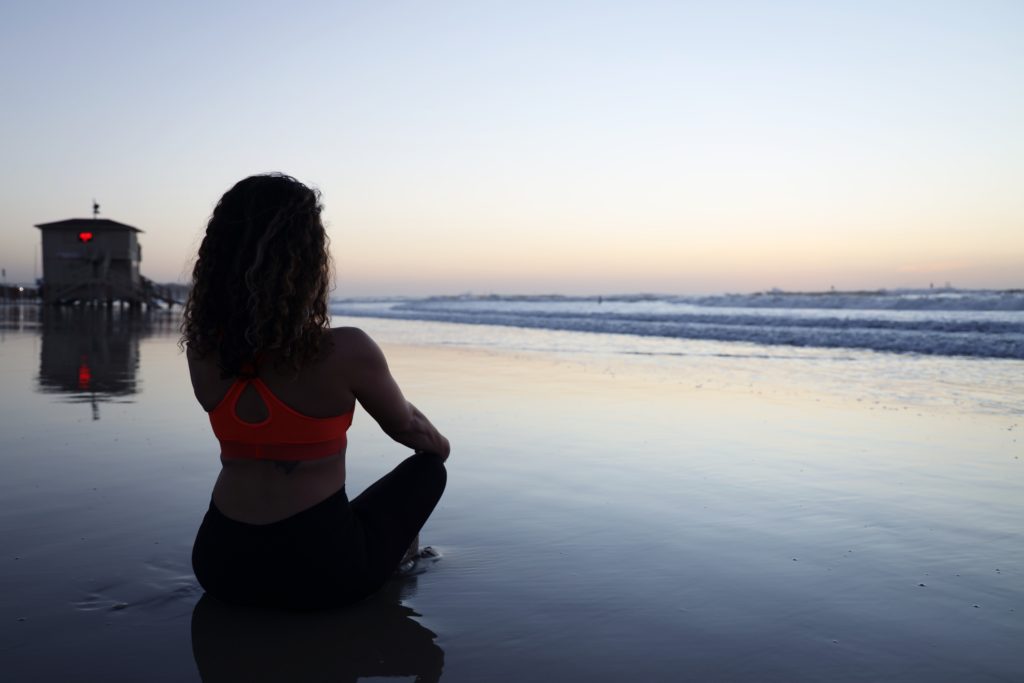
Help me understand what is Meditation?
The English word meditation is derived from an old French word meditacioun and the Latin meditatio from a verb meditari, meaning “to think, contemplate, devise, ponder”.

Meditation is a western word for the eastern Vedic practice of “Dhyana” mentioned as the seventh step in Patanjali’s “Yoga Sutras” and only one before the final 8th step of Samadhi (nirvana, moksha, self-realization).
The origin of the word “Dhyana” comes from the Sanskrit word “Dhyai” which is interpreted in English to mean to contemplate.
The classical definition of Dhyana/Meditation is the ability to focus on an “object or thought or being” to the exclusion of all other thoughts. This is possible ONLY when the mind is quiet, disciplined, and is a result of the vigorous spiritual practice of the first 6 steps of the Patanjali yoga sutras. It is possible only when the mind has been trained to withdraw its senses from the external world of objects and beings.
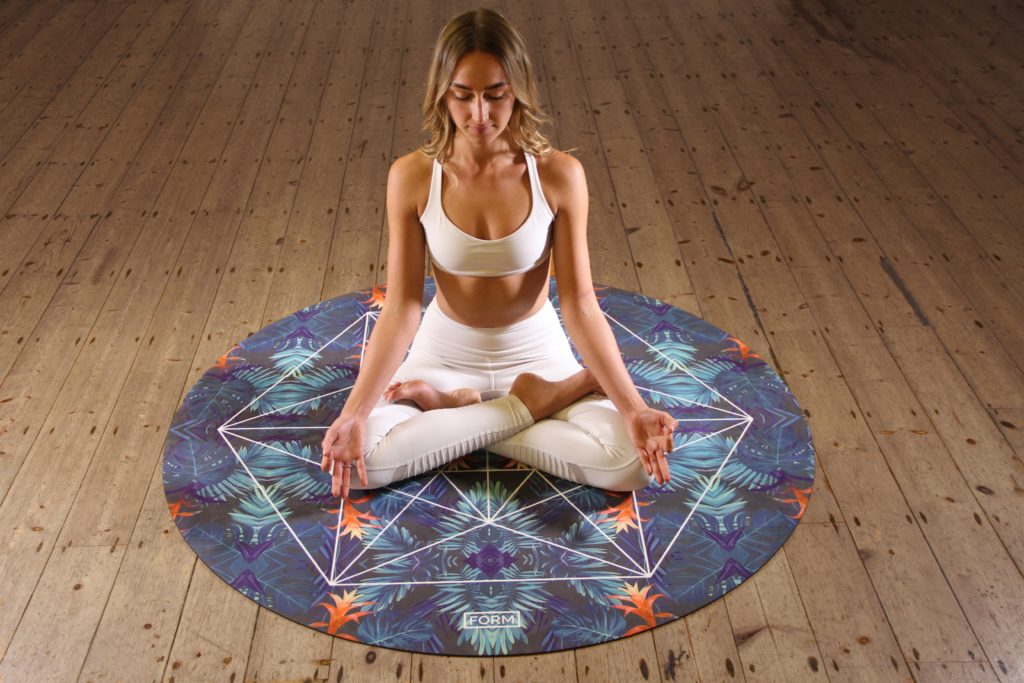
Today human beings are constantly subject to external messaging in terms of communication in various forms that encourage them to consume more (hence the term consumers) to live the projected perfect life. Success is defined materially in terms of material wealth reflected in terms of income, cars, houses, holidays, etc. The “instant culture” of instant success, recognition, satiation has resulted in minds and bodies being agitated and in constant flux as people feel inadequate and strive harder for instant gratification and in the process, disturb natural body rhythms of getting rest, sleep, etc. The results are a host of ailments from obesity to indigestion, to behavioral disorders, depression, etc.
As is the case for most spiritual practices, the constraints of modern living in terms of time constraints have led to the dilution of disciplined practices to adapt to modern-day living needs. However, the benefits of these practices can still be reaped in modern-day life.
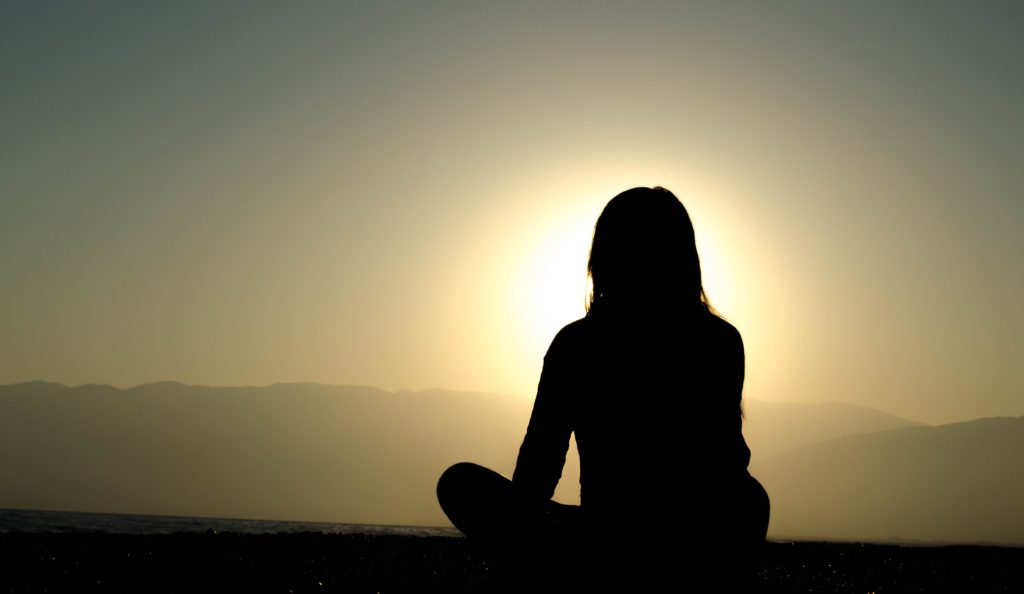
Walk me through the process of how to start meditation?
People practice many different forms of meditation, most of which don’t require specialized equipment or space. You can practice with just a few minutes daily, to begin with, and increase gradually as time permits. If you want to start meditating, try choosing a form of meditation based on what you want to get out of it. There are two major styles of meditation.
In focused attention meditation, concentrate on:
- An object like a candle, sun or moon
- A thought like gratitude, kindness or health
- A sound like sounds of nature (waves, snowfall, wind)
- A visualization like walking on the beach, in a forest or by the sea
The emphasis is on getting rid of distractions. Meditation focuses on breathing or a mantra like ‘Om’.
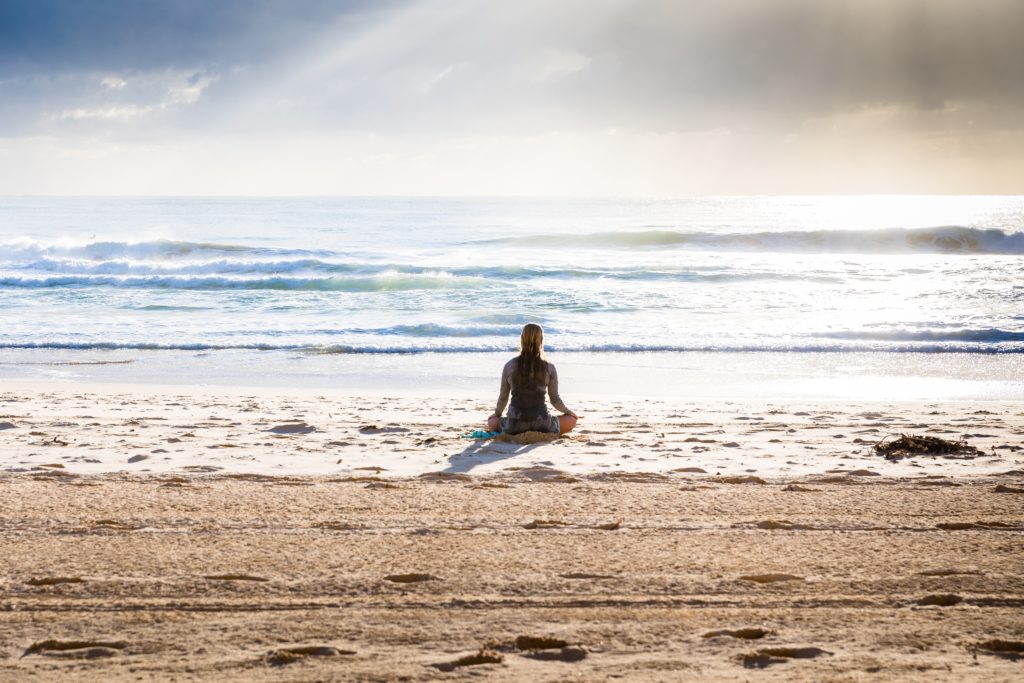
An open monitoring meditation encourages broadened awareness of all aspects of your environment, train of thought, and sense of self.
It may include becoming aware of thoughts, feelings, or impulses that you might normally try to suppress. There are many forms of guided meditation (someone speaking and guiding you ) available on YouTube or even apps like Calm etc. that can help a new student
If your regular work and home environments do not allow for consistent, quiet alone time, consider participating in a class. This can also improve your chances of success by providing a supportive community.
Alternatively, consider setting your alarm a few minutes early to take advantage of quiet time in the morning. This may help you develop a consistent habit and allow you to start the day positively.

Do I have to sit in a specific way for Meditation?
Here’s a posture practice that can be used as the beginning stage of a period of meditation practice or simply as something to do for a minute, maybe to stabilize yourself and find a moment of relaxation before going back into the fray. If you have injuries or other physical difficulties, you can modify this to suit your situation.
- Take your seat. Whatever you’re sitting on—a chair, a meditation cushion, a park bench—find a spot that gives you a stable, solid seat, not perching or hanging back.
- Notice what your legs are doing. If on a cushion on the floor, cross your legs comfortably in front of you. (If you already do some kind of seated yoga posture, go ahead.) If on a chair, it’s good if the bottoms of your feet are touching the floor.
- Straighten—but don’t stiffen— your upper body. The spine has a natural curvature. Let it be there. Your head and shoulders can comfortably rest on top of your vertebrae.
- Situate your upper arms parallel to your upper body. Then let your hands drop onto the tops of your legs. With your upper arms at your sides, your hands will land in the right spot. Too far forward will make you hunch. Too far back will make you stiff. You’re tuning the strings of your body—not too tight and not too loose.
- Drop your chin a little and let your gaze fall gently downward. You may let your eyelids lower. If you feel the need, you may lower them completely, but it’s not necessary to close your eyes when meditating. You can simply let what appears before your eyes be there without focusing on it.
- Be there for a few moments. Relax. Now get up and go about your day.

Tell me some of the benefits of Meditation?
- Reduces stress
- Controls anxiety
- Controls blood pressure
- Promotes mental health
- Enhanced self-awareness
- May reduce age-related memory loss
- Lengthens attention span
- Can generate kindness
- May help fight addictions
- Improves sleep

I have to be honest. I have no idea about mindfulness. What is it? What should I know about it?
Mindfulness is a type of meditation. It was popularized originally by Buddhism which emerged as a reformist movement from Hinduism in the Indian subcontinent.
The Buddhist term translated into English as “mindfulness” originates in the Pali term Sati and in its Sanskrit counterpart Smriti.
According to Robert Sharf, Smriti originally meant “to remember,” “to recollect,” “to bear in mind,” as in the Vedic tradition of remembering the sacred texts. The term Sati also means “to remember.” In the Satipaṭṭhāna-sutta (Buddhist texts) the term Sati means to remember the Dharmas whereby the true nature of phenomena can be seen.
Mindfulness is the basic human ability to be fully present, aware of where we are and what we’re doing, and not overly reactive or overwhelmed by what’s going on around us.
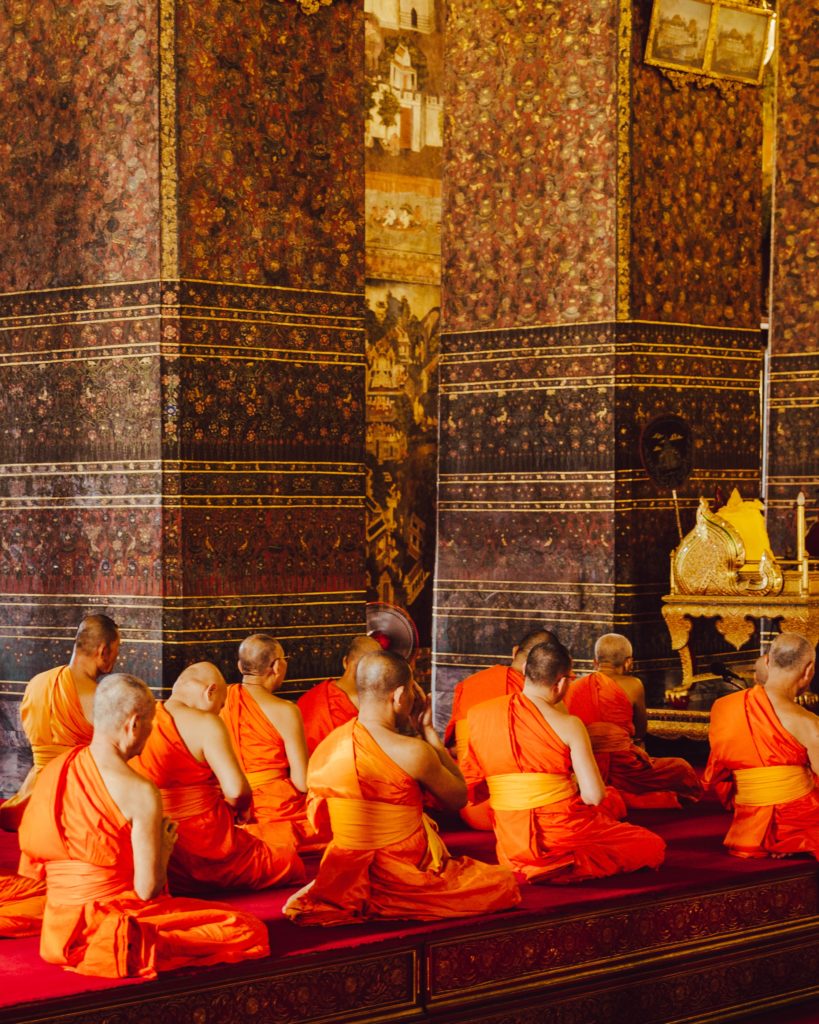
A few things to know about mindfulness:
- Mindfulness is not obscure or exotic. It’s familiar to us because it’s what we already do, how we already are. It takes many shapes and goes by many names.
- Mindfulness is not a special added thing we do. We already have the capacity to be present, and it doesn’t require us to change who we are. But we can cultivate these innate qualities with simple practices that are scientifically demonstrated to benefit ourselves, our loved ones, our friends and neighbors, the people we work with, and the institutions and organizations we take part in
- You don’t need to change. Solutions that ask us to change who we are or become something we’re not have failed us repeatedly. Mindfulness recognizes and cultivates the best of who we are as human beings.
- Mindfulness has the potential to become a transformative social phenomenon. Here’s why:
- Anyone can do it. Mindfulness practice cultivates universal human qualities and does not require anyone to change their beliefs. Everyone can benefit and it’s easy to learn
- It’s a way of living. Mindfulness is more than just a practice. It brings awareness and caring into everything we do—and it cuts down needless stress. Even a little makes our lives better.
- It’s evidence-based. We don’t have to take mindfulness on faith. Both science and experience demonstrate its positive benefits for our health, happiness, work, and relationships.
- It sparks innovation. As we deal with our world’s increasing complexity and uncertainty, mindfulness can lead us to effective, resilient, low-cost responses to seemingly intransigent problems.
Talk to me about some of the mindfulness techniques?
There is more than one way to practice mindfulness, but the goal of any mindfulness technique is to achieve a state of alert, focused relaxation by deliberately paying attention to thoughts and sensations without judgment. This allows the mind to refocus on the present moment. All mindfulness techniques are a form of meditation.
Basic mindfulness meditation – Sit quietly and focus on your natural breathing or on a word or “mantra” that you repeat silently. Allow thoughts to come and go without judgment and return to your focus on breath or mantra.
Body sensations – Notice subtle body sensations such as an itch or tingling without judgment and let them pass. Notice each part of your body in succession from head to toe.
Sensory – Notice sights, sounds, smells, tastes, and touches. Name them “sight,” “sound,” “smell,” “taste,” or “touch” without judgment and let them go.
Emotions – Allow emotions to be present without judgment. Practice a steady and relaxed naming of emotions: “joy,” “anger,” “frustration.” Accept the presence of the emotions without judgment and let them go.
Urge surfing – Cope with cravings (for addictive substances or behaviors) and allow them to pass. Notice how your body feels as the craving enters. Replace the wish for the craving to go away with the certain knowledge that it will subside.

Mindfulness meditation and other practices
Mindfulness can be cultivated through mindfulness meditation, a systematic method of focusing your attention. You can learn to meditate on your own, following instructions in books or on tape. However, you may benefit from the support of an instructor or group to answer questions and help you stay motivated. Look for someone using meditation in a way compatible with your beliefs and goals.
If you have a medical condition, you may prefer a medically oriented program that incorporates meditation. Ask your physician or hospital about local groups. Insurance companies increasingly cover the cost of meditation instruction.
Getting started on your own. Some types of meditation primarily involve concentration—repeating a phrase or focusing on the sensation of breathing, allowing the parade of thoughts that inevitably arise to come and go. Concentration meditation techniques, as well as other activities such as tai chi or yoga, can induce a well-known relaxation response, which is very valuable in reducing the body’s response to stress.
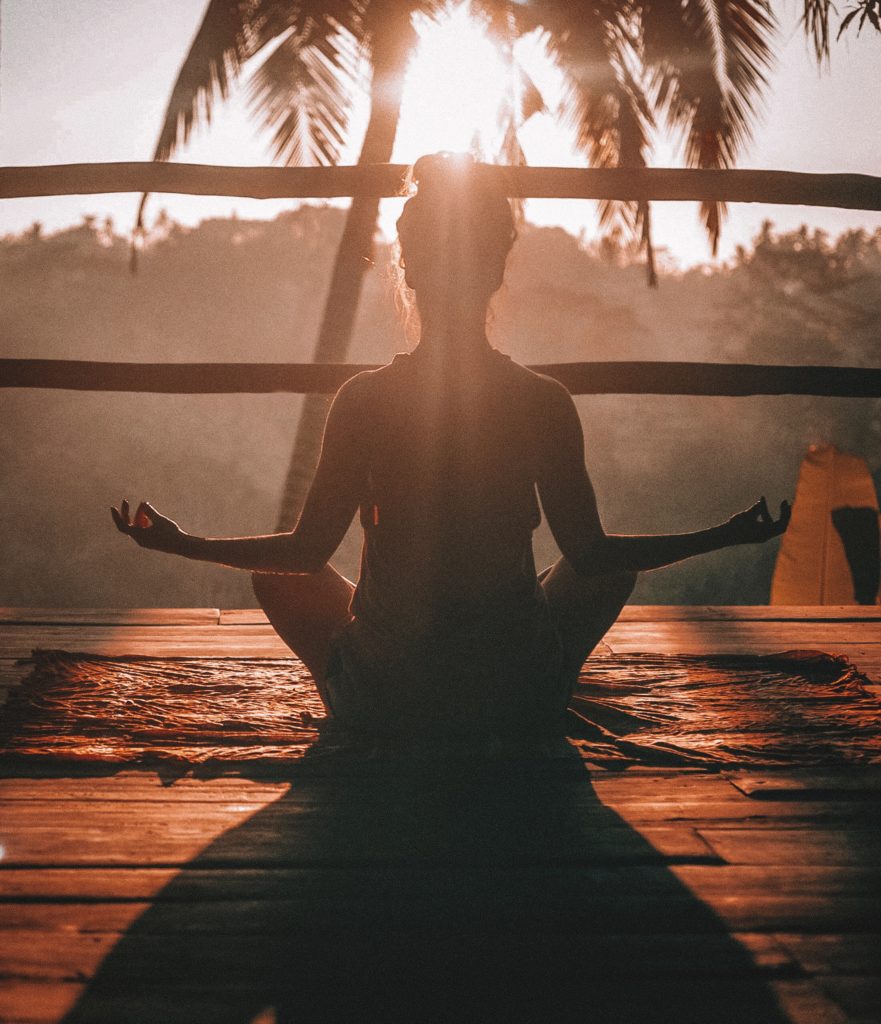
Mindfulness meditation builds upon concentration practices. Here’s how it works:
Go with the flow. In mindfulness meditation, once you establish concentration, you observe the flow of inner thoughts, emotions, and bodily sensations without judging them as good or bad.
Pay attention. You also notice external sensations such as sounds, sights, and touch that make up your moment-to-moment experience. The challenge is not to latch onto an idea, emotion, or sensation, or to get caught in thinking about the past or the future. Instead, you watch what comes and goes in your mind and discover which mental habits produce a feeling of well-being or suffering.
Stay with it. At times, this process may not seem relaxing at all, but over time it provides a key to greater happiness and self-awareness as you become comfortable with a wider and wider range of your experiences.
Practice acceptance
Above all, mindfulness practice involves accepting whatever arises in your awareness at each moment. It involves being kind and forgiving toward yourself.
Some tips to keep in mind:
Gently redirect. If your mind wanders into planning, daydreaming, or criticism, notice where it has gone and gently redirect it to sensations in the present.
Try and try again. If you miss your intended meditation session, simply start again.
By practicing accepting your experience during meditation, it becomes easier to accept whatever comes your way during the rest of your day.

Let’s talk about the benefits of Mindfulness?
Mindfulness improves well-being. Increasing your capacity for mindfulness supports many attitudes that contribute to a satisfying life. Being mindful makes it easier to savor the pleasures in life as they occur, helps you become fully engaged in activities, and creates a greater capacity to deal with adverse events. By focusing on the here and now, many people who practice mindfulness find that they are less likely to get caught up in worries about the future or regrets over the past, are less preoccupied with concerns about success and self-esteem and are better able to form deep connections with others.
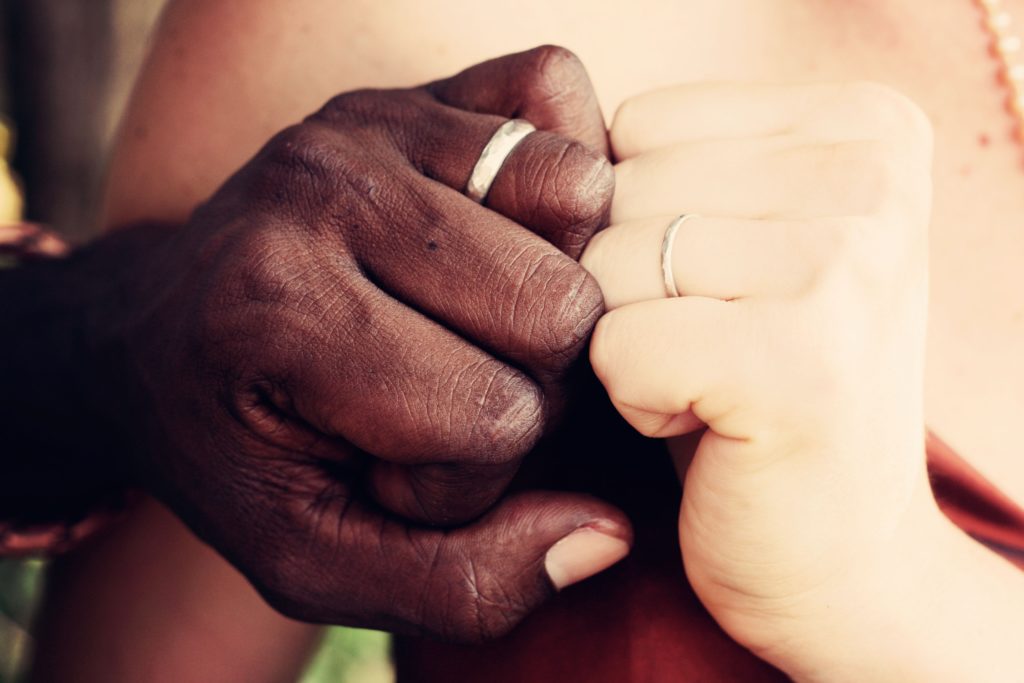
Mindfulness improves physical health. If greater well-being isn’t enough of an incentive, scientists have discovered that mindfulness techniques help improve physical health in a number of ways. Mindfulness can: help relieve stress, treat heart disease, lower blood pressure, reduce chronic pain, improve sleep, and alleviate gastrointestinal difficulties.
Mindfulness improves mental health. In recent years, psychotherapists have turned to mindfulness meditation as an important element in the treatment of a number of problems, including depression, substance abuse, eating disorders, couples’ conflicts, anxiety disorders, and obsessive-compulsive disorder.

I hear a lot about Transcendental Meditation. What is Transcendental Meditation?
This is another type of meditation.
The Transcendental Meditation technique or TM is a form of mantra meditation developed by Maharishi Mahesh Yogi. “Mantra is a specific thought which suits us, a suitable sound for us which we receive from a trained teacher of Transcendental Meditation. The meditation practice involves the use of a mantra and is practiced for 20 minutes twice per day while sitting with one’s eyes closed.
The TM technique consists of silently repeating a mantra with “gentle effortlessness” while sitting comfortably with eyes closed and without assuming any special yoga position. The mantra is said to be a vehicle that allows the individual’s attention to travel naturally to a less active, quieter style of mental functioning.
Like all meditation techniques, the benefits are similar resulting in improved health, wellbeing, being calmer and more efficient.
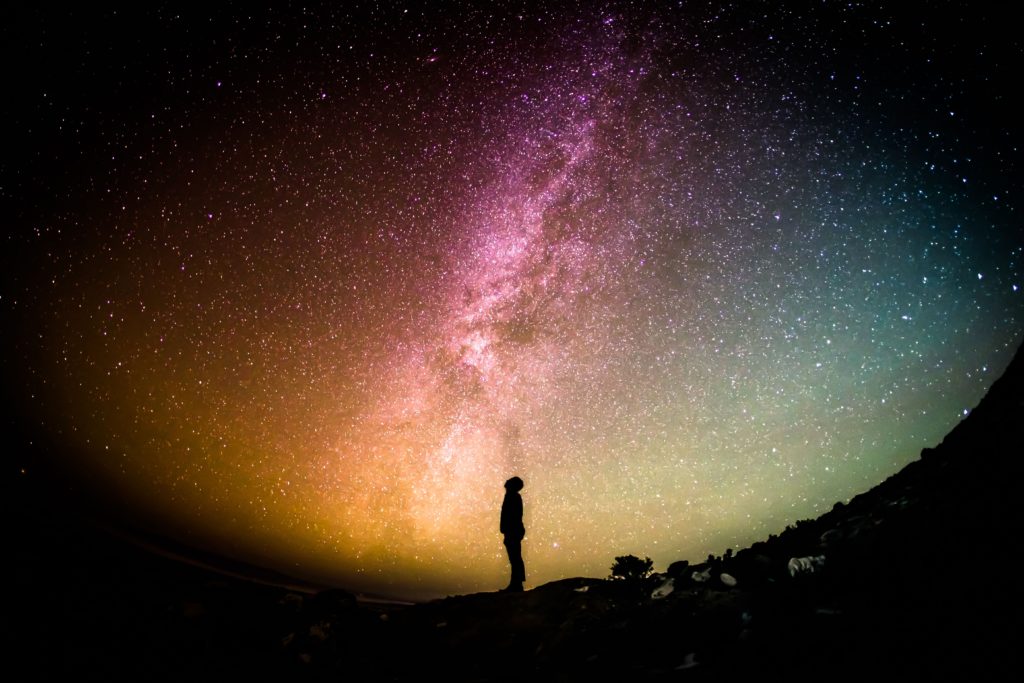
Does Yoga or Meditation involve faith?
Yoga and meditation are universal practices to be followed even though they may originate in India which is primarily known as a Hindu country. These are gifts to the world from one of the oldest civilizations.
It is like saying that the iPhone or Computer is Christian because it was developed in a country that practices Christianity.
Any civilized open-minded individual should follow these practices as they are the most natural, non-invasive practices which result in improved physical and mental health.
These practices are highly recommended in a world that is getting polarized, radicalized, and fragmented based on religion and race.
It is my firm conviction that because these practices are based on principles of human love, compassion, and acceptance they will promote harmony and peace.
Highly recommended for everyone to have a more peaceful life and coexistence.
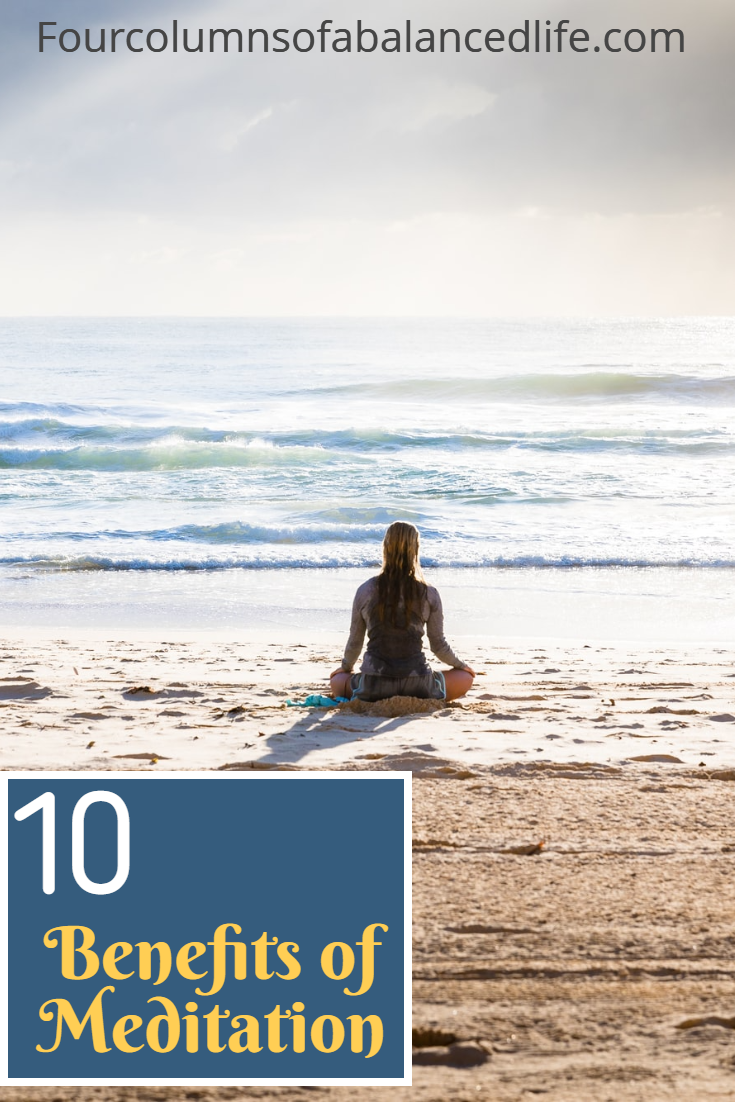

Photo Credits: Marion Michele Eneko Uruñuela Indian Yogi (Yogi Madhav), Mor Shani Simon Migaj Dingzeyu Li Ashes Sitoula Simon Rae Yoann Boyer Darius Bashar Lesly Juarez Ksenia Makagonova Jeff Finley Désirée Fawn Greg Rakozy Ben White


Loved this in-depth explanation of yoga and meditation! I enjoy yoga but know just the basics. I’d like to try some of the methods you’ve explained.
Aweseome explanation Mudit Sir! I am sure, your vast experience in spiriuality would help many people to attain the union!
I actually find yoga to be nice and calming on my mind.
yoga is great, love it….and too much ads
Thank you for this very informative post. It was so indepth, I have bookmarked it to refer top later 💙
Wow such an incredible, post, amazing photo.
I love doing yoga, been doing it for years. Yama
and niyama is also very important..
Meditation can be so helpful for managing stress. Thanks for sharing!
I keep telling myself I really need to get into yoga. Thanks for the inspiration.
Thanks for sharing such an insightful post. I have learned so much about yoga and meditation. Your blog has changed my perceptions about yoga. My church has taught me that yoga is demonic. But its great learn about the health benefits of yoga and meditation. Many of us sure need them in our lives, especially during this pandemic.🧘🧘